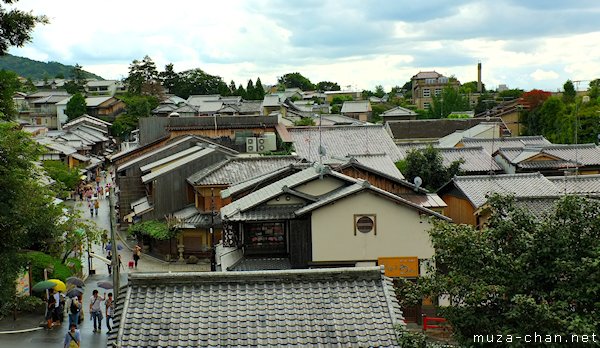The ceramic roof tiles known as kawara were first used in Japan 1400 years ago, for the roofs of the Buddhist temples. At the time the houses, the Shinto shrines and even the Imperial Palace were covered with thatched roofs made form various kinds of straws, grasses and reeds.
But soon afterwards the use of kawara became widespread, because of their many advantages: the tiles were waterproof, fire resistant, resilient to strong winds and with a very long life-span. Another advantage was that the roofs covered with kawara were variously ornamented (e.g. the gatou tiles with the clan’s kamon), having sometimes even a mystical role, like the oni-gawara roof tiles.
Today, the vast majority of the roofs in Japan are made with kawara, creating a landscape that defines Japan, like in this photo from Higashiyama, Kyoto…
EXIF Info:
|
Yesterday’s Japan Photo:LOVE sculpture in Shinjuku |



